Test Bank for Child Development From Infancy to Adolescence An Active Learning Approach, 2nd Edition, Laura E. Levine, Joyce Munsch
$35.00
Test Bank for Child Development From Infancy to Adolescence An Active Learning Approach, 2nd Edition, Laura E. Levine, Joyce Munsch
Category: Test Bank
Test Bank for Child Development From Infancy to Adolescence An Active Learning Approach, 2nd Edition, Laura E. Levine, Joyce Munsch
Table Of Content
List of Active Learning
List of Journey of Research
Preface
About the Authors
PART I: UNDERSTANDING DEVELOPMENT: WHY AND HOW WE STUDY CHILDREN AND ADOLESCENTS
CHAPTER 1. ISSUES AND THEMES IN CHILD DEVELOPMENT
Why Study Childhood?
Understanding How Development Happens
Contexts of Development
Being a Smart Consumer of Information About Development
Conclusion
Chapter Summary
Key Terms
CHAPTER 2. THEORY AND RESEARCH IN DEVELOPMENT
Why Theories of Development are Important
Theories of Child and Adolescent Development
Psychoanalytic Theory
Learning Theories
Theories of Cognitive Development
Evolutionary Theory: Ethology
Ecological Theory
Dynamic Systems Theory
The Impact of Biology and Culture on Child Development Theory and Research
Comparison of Developmental Theories
Research Methods
Ethics in Research With Children and Adolescents
Conclusion
Chapter Summary
Key Terms
PART II : FOUNDATIONS OF CHILD DEVELOPMENT
CHAPTER 3. NATURE THROUGH NURTURE: GENES AND ENVIRONMENT
The Study of Genes and Behavior
Molecular Genetics: Chromosomes, Genes, and DNA
Genetic Disorders
Behavioral Genetics
The Interaction of Genes and Environment
Conclusion
Chapter Summary
Key Terms
CHAPTER 4. PRENATAL DEVELOPMENT, THE NEWBORN, AND THE TRANSITION TO PARENTHOOD
The Three Stages of Prenatal Development
Health and Risks in Pregnancy
The Birth Experience
The Newborn
The Transition to Parenthood
Conclusion
Chapter Summary
Key Terms
PART III : INFANCY AND TODDLERHOOD
CHAPTER 5. PHYSICAL DEVELOPMENT IN INFANCY AND TODDLERHOOD
Brain Development
Sensation and Perception
Infant Body Growth and Motor Development
Health and Nutrition
Conclusion
Chapter Summary
Key Terms
CHAPTER 6. COGNITIVE DEVELOPMENT IN INFANCY AND TODDLERHOOD
Piaget’s Theory of Cognitive Development
Theory of Core Knowledge
Learning
Cognitive Processes
Individual Differences in Cognitive Abilities
Language Development
Threats to and Support for Cognitive and Language Development
Conclusion
Chapter Summary
Key Terms
CHAPTER 7. SOCIAL AND EMOTIONAL DEVELOPMENT IN INFANCY AND TODDLERHOOD
Emotions and Temperament: Universality and Difference
The Self in Infants and Toddlers
Attachment
Contexts of Development
Conclusion
Chapter Summary
Key Terms
PART IV: EARLY CHILDHOOD
CHAPTER 8. PHYSICAL DEVELOPMENT IN EARLY CHILDHOOD
Body Growth and Changes
Body Awareness, Body Image, and Sexuality
Brain Development
Health and Nutrition
Illnesses and Threats to Health
Child Maltreatment
Conclusion
Chapter Summary
Key Terms
CHAPTER 9. COGNITIVE DEVELOPMENT IN EARLY CHILDHOOD
Piaget’s Theory of Cognitive Development: The Preoperational Stage (2–7 Years)
Vygotsky’s Sociocultural Theory of Cognitive Development
Cognitive Processes
Play and Cognitive Development
Language Development in Early Childhood
Preacademic Skills: Reading, Writing, and Arithmetic
Risk Factors and Supports for Cognitive and Language Development in Early Childhood
Conclusion
Chapter Summary
Key Terms
CHAPTER 10. SOCIAL AND EMOTIONAL DEVELOPMENT IN EARLY CHILDHOOD
Emotional Development
Self-Concept, Self-Esteem, and Self-Control
Development of Gender Identity
Moral Development
Family Relationships
Peer Relationships and the Role of Play
Risks, Resources, and Resilience
Conclusion
Chapter Summary
Key Terms
PART V: MIDDLE CHILDHOOD
CHAPTER 11. PHYSICAL DEVELOPMENT IN MIDDLE CHILDHOOD
Body Growth and Changes
Brain Development
Health and Well-Being
Physical Activity
Children and the Natural World
Conclusion
Chapter Summary
Key Terms
CHAPTER 12. COGNITIVE DEVELOPMENT IN MIDDLE CHILDHOOD
Piaget’s Stage of Concrete Operations (7–12 Years)
Cognitive Processes
Language Development
Intelligence
Cognitive Deficits and Intellectual Gifts
Academic Achievement
Conclusion
Chapter Summary
Key Terms
CHAPTER 13. SOCIAL AND EMOTIONAL DEVELOPMENT IN MIDDLE CHILDHOOD
The Self and Identity in School-Age Children
Emotional Development and Emotional Problems
Family Relationships
Diversity in Family Life
Peer Relationships
Stress, Coping, and Resilience
Conclusion
Chapter Summary
Key Terms
PART VI: ADOLESCENCE
CHAPTER 14. PHYSICAL DEVELOPMENT IN ADOLESCENCE
Brain Development
Body Growth and Changes
Teens and Sexuality
Health and Nutrition
Stress and Coping
Conclusion
Chapter Summary
Key Terms
CHAPTER 15. COGNITIVE DEVELOPMENT IN ADOLESCENCE
Piaget’s Stage of Formal Operations (12 Years and Older)
Cognitive Processes
Moral Judgment
The Language of Teenagers
Adolescent Cognitive Development in Context
Risk and Success in Secondary Education
Conclusion
Chapter Summary
Key Terms
CHAPTER 16. SOCIAL AND EMOTIONAL DEVELOPMENT IN ADOLESCENCE
The Self in Adolescence
Emotions
Family Relationships
Peer Relationships
Beyond Parents and Peers: Important Nonparental Adults
The Daily Lives of Adolescents
Emerging Adulthood
Conclusion
Chapter Summary
Key Terms
Glossary
References
Name Index
Subject Index
Be the first to review “Test Bank for Child Development From Infancy to Adolescence An Active Learning Approach, 2nd Edition, Laura E. Levine, Joyce Munsch” Cancel reply
Related products
$35.00
$35.00
$35.00

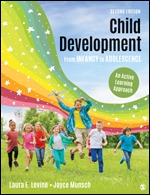
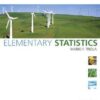
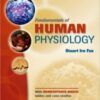

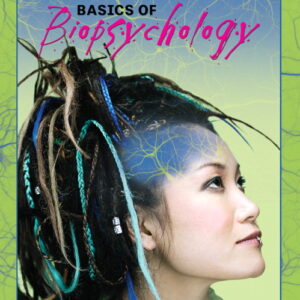

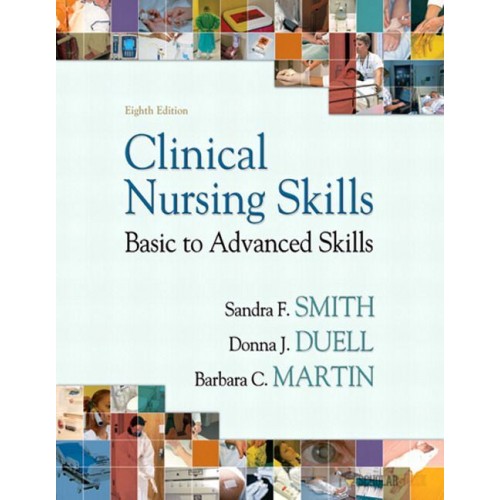
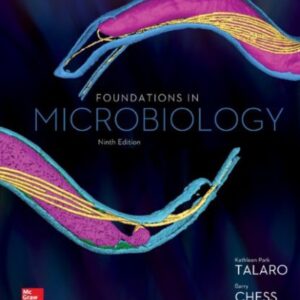
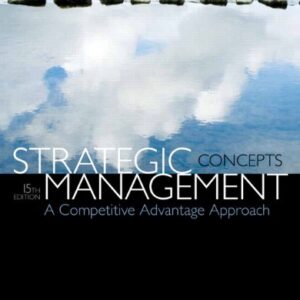
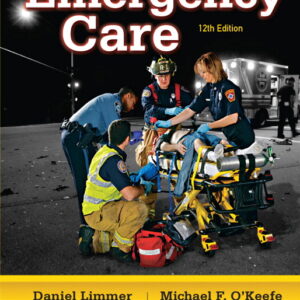
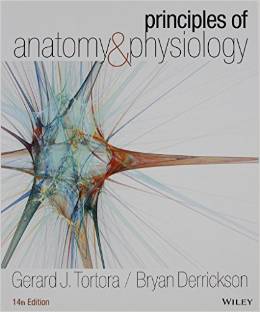
Reviews
There are no reviews yet.